
EMM / UEM SOLUTIONS
Enterprise Mobility Management (EMM) is a group of guidelines, procedures, and technological advancements that give companies the ability to manage and supervise mobile devices used for work. These devices could be company-owned or "bring your own device" (BYOD) devices that are used to view confidential company information. For managing how mobile users, devices, and apps interact with the corporate network, EMM offers strong management solutions. A balance between effective mobile workforce operations and information security is sought after. In order to safeguard company data on employee-owned mobile devices, enterprise mobility management (EMM) is a group of services and solutions.Even though that it can take many different shapes, it typically consists of a number of mobile management systems and services that safeguard intellectual property, particular procedures that guarantee data security, and systems that must integrate with numerous enterprise IT systems to address a variety of corporate issues. Some people might favour entirely locking down employee devices and enabling their wiping in the event of their loss. Some people might only focus on the data. Today, many companies view EMM technologies and services as a way to provide their mobile workers more freedom to do more.
MOBILE APPLICATION MANAGEMENT
-
Application Management governs which apps can be downloaded to the device, which can connect to corporate networks, and which can interact with the information that has been accessed.
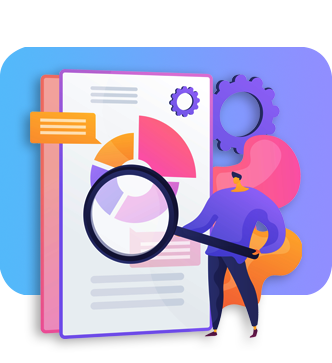
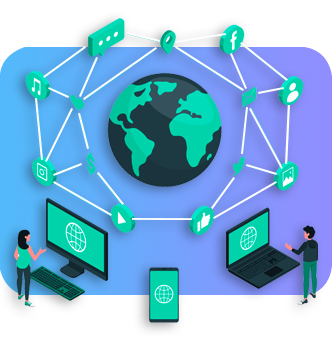
MOBILE NETWORK MANAGEMENT
-
Network management manages network access, data transfer limits, geofencing, and other virtual private network (VPN) connections for enrolled devices connecting remotely to the corporate network.
-
Remote configuration of devices for proper network settings is possible.
MOBILE CONTENT MANAGEMENT
-
The application of organisational policies to data stored on devices is governed by content management.
-
Produces audit trails for sensitive business information activity.

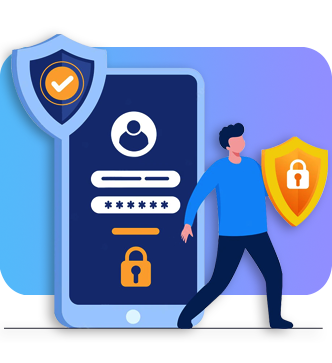
MOBILE DATA SECURITY & ACCESS MANAGEMENT
-
Mobile Data Security and Access Management use additional layers of security to protect information, such as encryption, password security, and patching.
-
This feature allows you to control how devices and apps access corporate networks and sensitive data stored on the devices.
DEVICE AND APP LIFECYCLE MANAGEMENT
-
Endpoint lifecycle management features include device onboarding and service provisioning, as well as decommissioning and remote security measures such as data wipe.
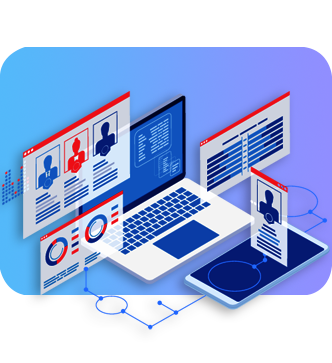
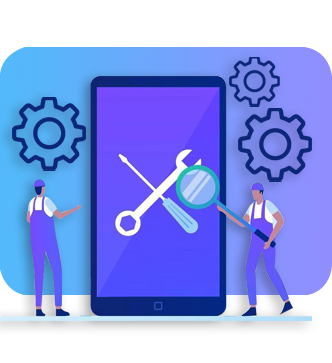
MOBILE SERVICE MANAGEMENT
-
Self-service and push updates of apps, configurations, settings, and IT service requests are managed by Service Management, which is controlled by IT administrators.
-
The technology integrated with the organisation's ITSM tools can apply service management policies to mobile devices consistently.
-
It also aids in controlling how devices consume services such as data usage and roaming cellular connectivity.
ANALYTICS AND INTELLIGENCE
-
Analytics and intelligence collect granular data on device, app, content, and network activities and transform it into user-friendly reports and intelligence on a mobile workforce's productivity and performance.
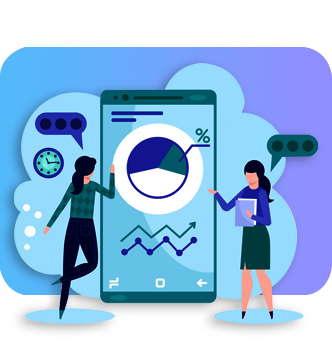
A PHP Error was encountered
Severity: Warning
Message: session_write_close(): Failed to write session data (user). Please verify that the current setting of session.save_path is correct (/var/lib/php/sessions)
Filename: Unknown
Line Number: 0
Backtrace:
